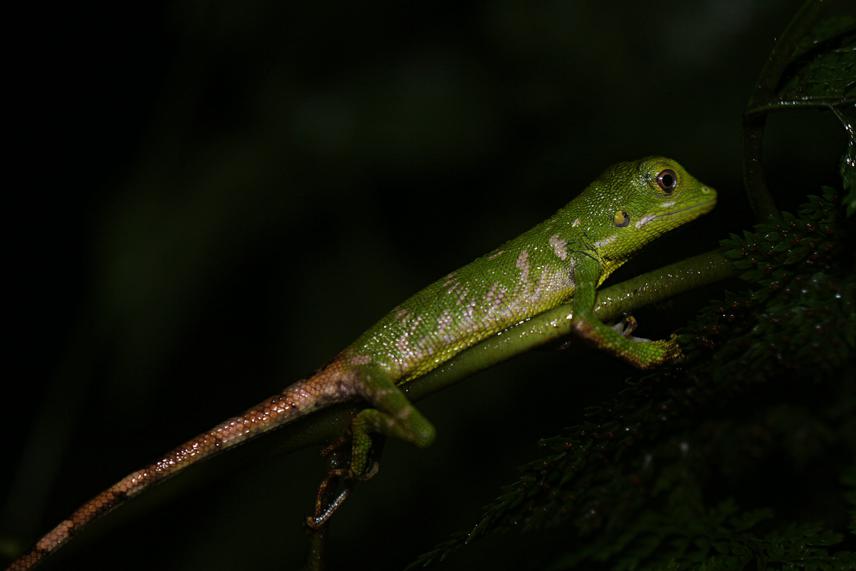Kier Mitchel E. Pitogo
Other projects
26 Feb 2019
Amphibian and Reptile Diversity of Mt. Busa, Southern Mindanao, Philippines: Species Distributions along Forest Gradients
Key Biodiversity Areas (KBAs) are critical for preserving biological integrity, and thus they inform area-based conservation measures worldwide. In the Philippines, there is only a 36% overlap between KBAs and Protected Areas (PAs), with 64% of the country’s KBAs vulnerable to habitat modifications and needing national-level protection under the Philippine National Integrated Protected Areas System (NIPAS). Many of these KBAs have either no or partial national-level protection, requiring immediate efforts for their full establishment as PAs. However, PA establishment takes longer due to its more stringent and highly bureaucratic process, which is why some KBAs underwent faster but weaker local-level protection (e.g., establishment as Local Conservation Areas [LCAs]). Such is the case for the Mt. Busa KBA (KBA 196), the largest but only partially protected KBA in southern Mindanao.

A new species of green-crested lizard (Bronchocela sp.) found in the mossy forest of the KBA 196.
In 2018, we conducted the first comprehensive study on this KBA’s biodiversity under the support of The Rufford Foundation. Although it was conducted at a single site in the unprotected portion of the KBA, we highlighted its rich and potentially unrecognized or “hidden” herpetological diversity. Our work also led to the highly publicized rediscovery of Guttman’s stream frog, a lost species for 27 years. Our results were instrumental in establishing this portion as an LCA, but more scientific work is needed to advocate for policies that will facilitate the full establishment of KBA 196 as a gazetted PA. Recognizing this urgent need, we intend to return to KBA 196 and survey more areas to include sites from its unprotected and protected portions for a critical, illustrative comparison. We aim to build stronger and more compelling evidence that partial protection for this KBA is inadequate for the protection of its biodiversity.
More specifically, we aim to (1) refine and update the existing list of the herpetofauna of the KBA 196; (2) uncover its seemingly hidden or unrecognized herpetological diversity using molecular phylogenetics, which will facilitate the scientific description and recognition of putatively new species; and (3) determine what portion of this herpetological diversity is unprotected or adequately managed in the KBA 196. Building on the results from my previous project, we will identify existing conservation gaps, challenges, and priorities for the whole of KBA 196, thereby contributing to the rigorous scientific evidence required for its holistic protection and for developing science-based management strategies appropriate for existing protection levels (e.g., national [PA], local [LCA], and no protection).
Header: One of the putatively new species of forest ground frog in the KBA 196.